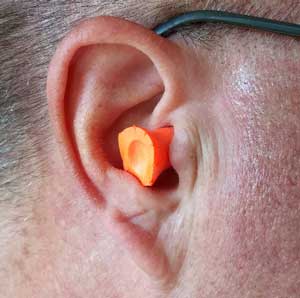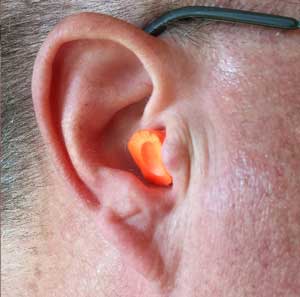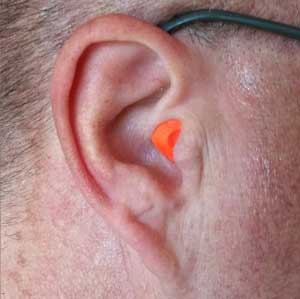You need to answer at least 27 out of 30 questions correctly to pass the Personal Protective Equipment Test for Operatives and Specialists. Answers may be reviewed after each question or at the end of the test. Good luck!
List of questions in above test (quick view). Click question box to reveal correct answer.
1. What is personal protective equipment (PPE)?
Give ONE answer
AB
C
D
Correct Answer: B
Explanation: PPE is a cover-all term applied to any clothing or equipment designed to shield you from hazards.
Explanation: PPE is a cover-all term applied to any clothing or equipment designed to shield you from hazards.
2. Your employer must always provide PPE where it is required. True or false?
Give ONE answer
AB
Correct Answer: B
Explanation: Your employer is legally obliged to provide PPE where necessary.
Explanation: Your employer is legally obliged to provide PPE where necessary.
3. You are told a face mask must be worn on site. Where should you source this?
Give ONE answer
AB
C
D
Correct Answer: D
Explanation: Your employer must provide all PPE free of charge to their employees.
Explanation: Your employer must provide all PPE free of charge to their employees.
4. The fresh air pump in your excavation stops working. What should you do?
Give ONE answer
AB
C
D
Correct Answer: D
Explanation: You should wait until the pump is repaired and the safe system of work can continue. PPE should only be used as a last resort.
Explanation: You should wait until the pump is repaired and the safe system of work can continue. PPE should only be used as a last resort.
5. Your half mask respirator is broken, but your job must be urgently completed. What should you do?
Give ONE answer
AB
C
D
Correct Answer: C
Explanation: You must never work without fully functioning PPE if it is required. This must be provided by your employer.
Explanation: You must never work without fully functioning PPE if it is required. This must be provided by your employer.
6. What is good practice when it comes to looking after your PPE?
Give ONE answer
AB
C
D
Correct Answer: A
Explanation: You should ensure you check your PPE regularly for faults, and keep it clean and hygienic.
Explanation: You should ensure you check your PPE regularly for faults, and keep it clean and hygienic.
7. Many safety signs are likely to indicate areas where you must wear PPE. Which of the following signs is LEAST likely to indicate a situation requiring PPE?
Give ONE answer
AB
C
D
Correct Answer: B
Explanation: This sign indicates that water from this tap is not for drinking - there are no items of PPE usually associated with this.
Explanation: This sign indicates that water from this tap is not for drinking - there are no items of PPE usually associated with this.
8. What is best practice when wearing a safety helmet in cold weather?
Give ONE answer
AB
C
D
Correct Answer: A
Explanation: Proprietary cold-weather linings can be obtained for safety helmets. Do not wear them over hats or hoods, as this will affect their efficacy.
Explanation: Proprietary cold-weather linings can be obtained for safety helmets. Do not wear them over hats or hoods, as this will affect their efficacy.
9. If there is a risk of your helmet falling off, what should you do?
Give ONE answer
AB
C
D
Correct Answer: D
Explanation: A properly fitted helmet may still fall off. Where this is a risk, you should wear it with a chin strap.
Explanation: A properly fitted helmet may still fall off. Where this is a risk, you should wear it with a chin strap.
10. Which of the following shows a correctly worn helmet?
Give ONE answer
AB
C
D
Correct Answer: D
Explanation: Helmets must be worn squarely on the head, facing forward.
Explanation: Helmets must be worn squarely on the head, facing forward.
11. What is a good way of confirming that your helmet has been properly fitted?
Give ONE answer
AB
C
D
Correct Answer: B
Explanation: A properly fitted helmet will sit snugly on your head.
Explanation: A properly fitted helmet will sit snugly on your head.
12. What is a good way of keeping track of your helmet?
Give ONE answer
AB
C
D
Correct Answer: B
Explanation: No unauthorised adaptations should be made to helmets. Even cosmetic changes can reduce their ability to protect you.
Explanation: No unauthorised adaptations should be made to helmets. Even cosmetic changes can reduce their ability to protect you.
13. When tiling a roof, your helmet falls to the ground. What is the correct course of action?
Give ONE answer
AB
C
D
Correct Answer: C
Explanation: Falls from height can weaken the strength of a helmet, even if it is not obviously marked or cracked. A helmet that has fallen from height should always be replaced.
Explanation: Falls from height can weaken the strength of a helmet, even if it is not obviously marked or cracked. A helmet that has fallen from height should always be replaced.
14. What are TWO safety features that all footwear on site must have?
Give TWO answers
AB
C
D
E
Correct Answer: D, E
Explanation: Toe caps and puncture protection are minimum requirements for safety footwear.
Explanation: Toe caps and puncture protection are minimum requirements for safety footwear.
15. You are working on a motorway during daylight hours. What class of high-visibility clothing is required?
Give ONE answer
AB
C
D
Correct Answer: C
Explanation: Class 3 is the highest class of high-visibility PPE, and must be worn on motorways regardless of the time of day.
Explanation: Class 3 is the highest class of high-visibility PPE, and must be worn on motorways regardless of the time of day.
16. Which of the following is NEVER an example of work-specific body protection?
Give ONE answer
AB
C
D
Correct Answer: D
Explanation: These are all examples of items you can wear to protect your body. Lightweight clothing will protect you from overheating in hot weather.
Explanation: These are all examples of items you can wear to protect your body. Lightweight clothing will protect you from overheating in hot weather.
17. Which of the following images shows ear plugs CORRECTLY fitted?
Give ONE answer
AB
C
Correct Answer: C
Explanation: These ear plugs are fitted correctly - deep into the ear canal.
Explanation: These ear plugs are fitted correctly - deep into the ear canal.
18. Which skin condition affects up to 1 in 10 people working with concrete, mortar, and cement?
Give ONE answer
AB
C
D
Correct Answer: A
Explanation: Dermatitis is common among people working with concrete, mortar, and cement.
Explanation: Dermatitis is common among people working with concrete, mortar, and cement.
19. You are issued safety glasses as PPE to work with a disc cutter. Do you proceed?
Give ONE answer
AB
C
D
Correct Answer: B
Explanation: Do not proceed. Safety glasses only offer low-impact protection, and this is not sufficient when using a disc cutter.
Explanation: Do not proceed. Safety glasses only offer low-impact protection, and this is not sufficient when using a disc cutter.
20. When dealing with chemicals, the gloves you wear must be:
Give ONE answer
AB
C
D
Correct Answer: A
Explanation: Gloves worn when using chemicals should not allow the chemical to pas through the glove. This is known as being "impervious".
Explanation: Gloves worn when using chemicals should not allow the chemical to pas through the glove. This is known as being "impervious".
21. What is the benefit of using solvents/spirits to clean your hands?
Give ONE answer
AB
C
D
Correct Answer: B
Explanation: You should never clean your hands using spirits or solvents. Stripping away protective oils leaves you vulnerable to skin damage.
Explanation: You should never clean your hands using spirits or solvents. Stripping away protective oils leaves you vulnerable to skin damage.
22. When should you be particularly careful about protection against sun damage in summer?
Give ONE answer
AB
C
D
Correct Answer: A
Explanation: The sun is most intense for a few hours around midday. You must be particularly attentive to sun protection during this time.
Explanation: The sun is most intense for a few hours around midday. You must be particularly attentive to sun protection during this time.
23. Besides applying sun cream, what is ONE good way to protect yourself against sun damage?
Give ONE answer
AB
C
D
Correct Answer: D
Explanation: Inspecting your skin for changes or damage will help protect you against the effects of sun exposure.
Explanation: Inspecting your skin for changes or damage will help protect you against the effects of sun exposure.
24. Your colleague has fallen from a building, and is suspended from their safety harness. Rescue is slow to arrive. What is ONE major health risk they may face?
Give ONE answer
AB
C
D
Correct Answer: B
Explanation: Also known as "suspension trauma," suspension syncope is a major risk to those whose fall has been arrested.
Explanation: Also known as "suspension trauma," suspension syncope is a major risk to those whose fall has been arrested.
25. What is ONE major risk to workers who fall into water?
Give ONE answer
AB
C
D
Correct Answer: D
Explanation: The key risk is that heavy duty clothing, boots, and equipment will drag a body down.
Explanation: The key risk is that heavy duty clothing, boots, and equipment will drag a body down.
26. When issuing you with respiratory protective equipment (RPE), what should your employer do?
Give ONE answer
AB
C
D
Correct Answer: A
Explanation: You should receive a face-fit test to ensure that the RPE is properly fitted.
Explanation: You should receive a face-fit test to ensure that the RPE is properly fitted.
27. All masks should have:
Give ONE answer
AB
C
D
Correct Answer: A
Explanation: All masks on site should have a CE mark, and/or a British Standard number, to verify their quality.
Explanation: All masks on site should have a CE mark, and/or a British Standard number, to verify their quality.
28. When can disposable dust masks from DIY stores be used as respiratory protective equipment (RPE)?
Give ONE answer
AB
C
D
Correct Answer: D
Explanation: These masks do not meet the required RPE standards. They should not be used as RPE.
Explanation: These masks do not meet the required RPE standards. They should not be used as RPE.
29. Which filter grading offers the highest protection?
Give ONE answer
AB
C
D
Correct Answer: C
Explanation: FFP3 provides the highest grade of filter protection.
Explanation: FFP3 provides the highest grade of filter protection.
30. What is ONE thing you can do to help ensure your respiratory protective equipment (RPE) works effectively?
Give ONE answer
AB
C
D
Correct Answer: D
Explanation: The effectiveness of your RPE may be affected by facial hair.
Explanation: The effectiveness of your RPE may be affected by facial hair.

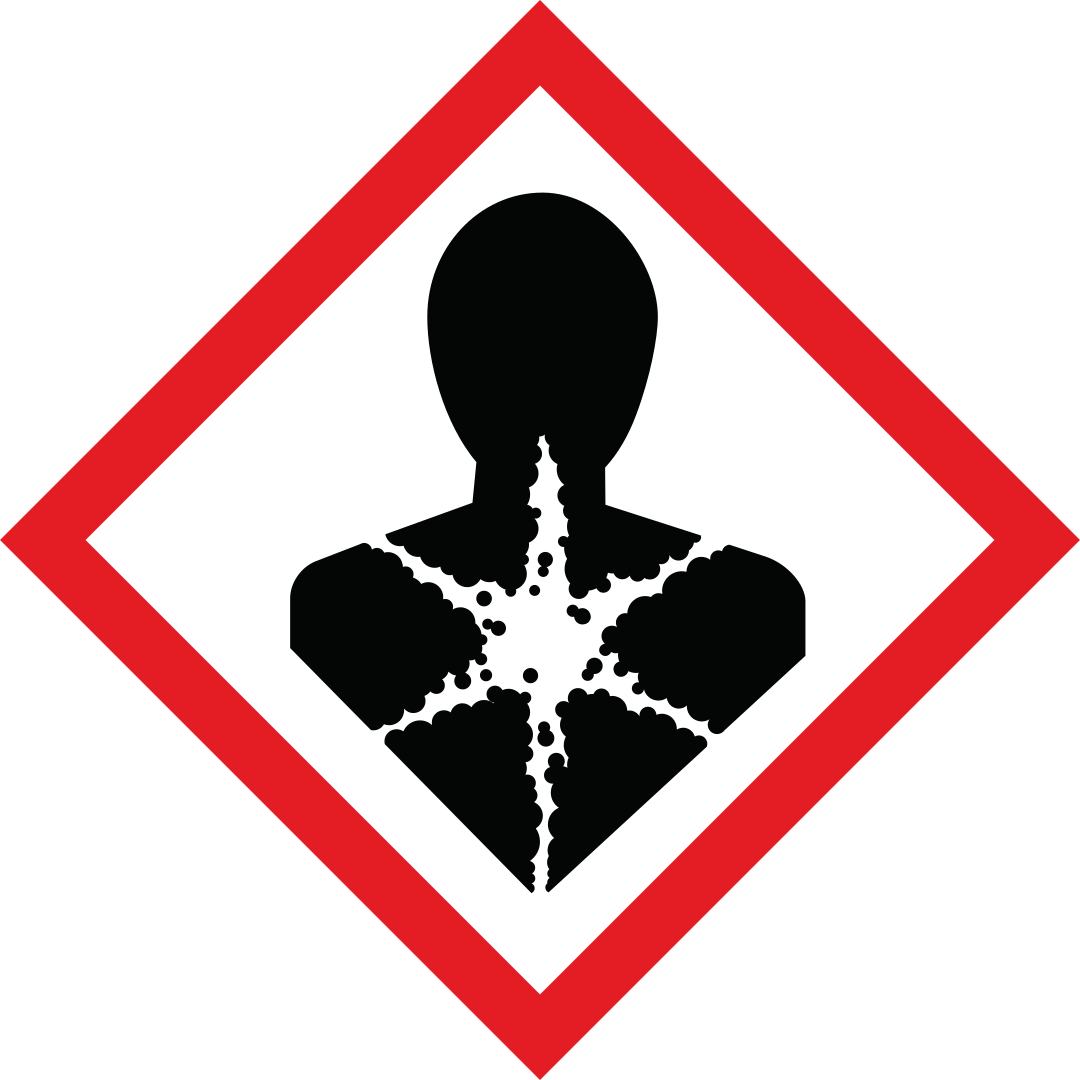

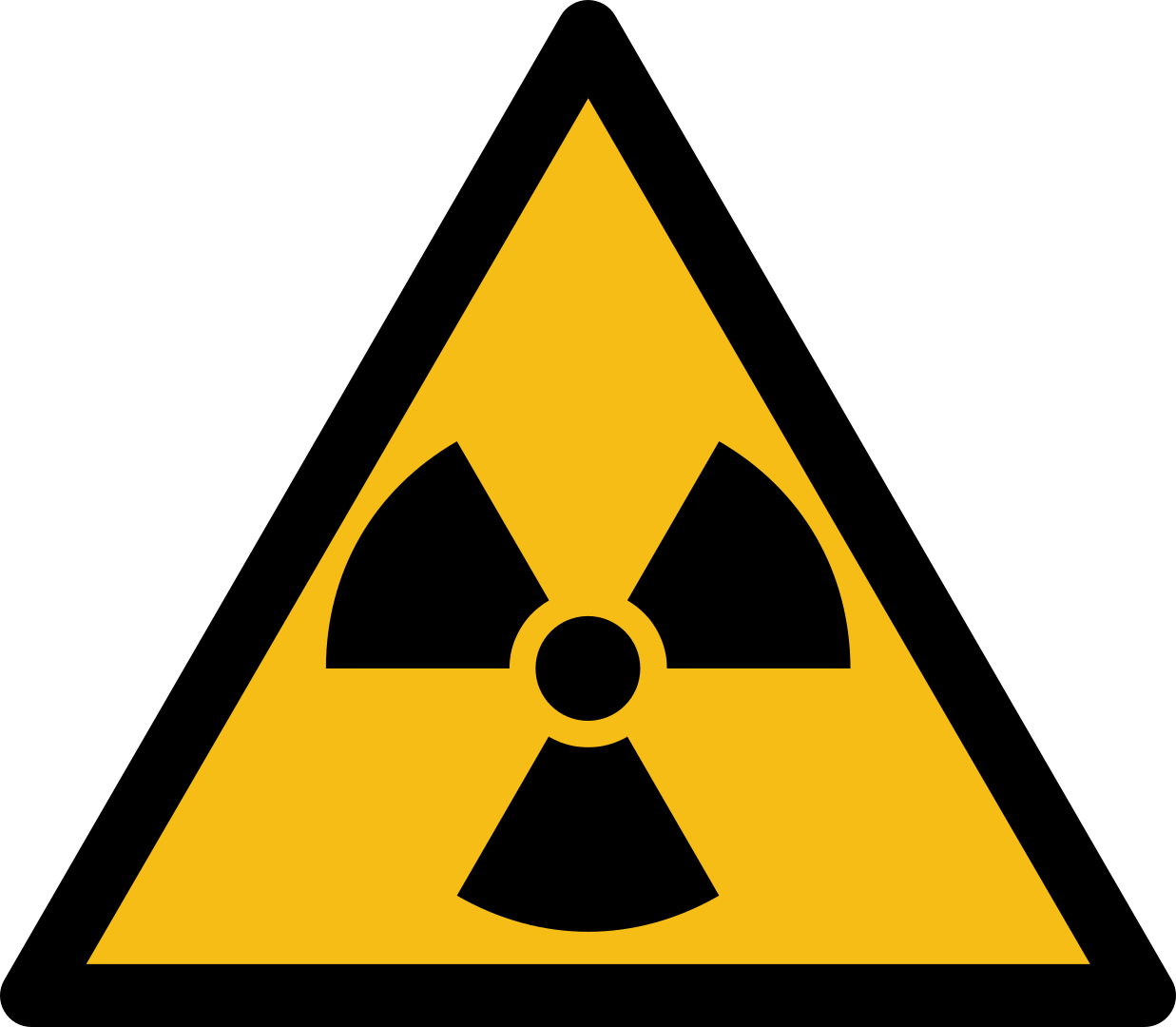

.png)
.png)
.png)
.png)
